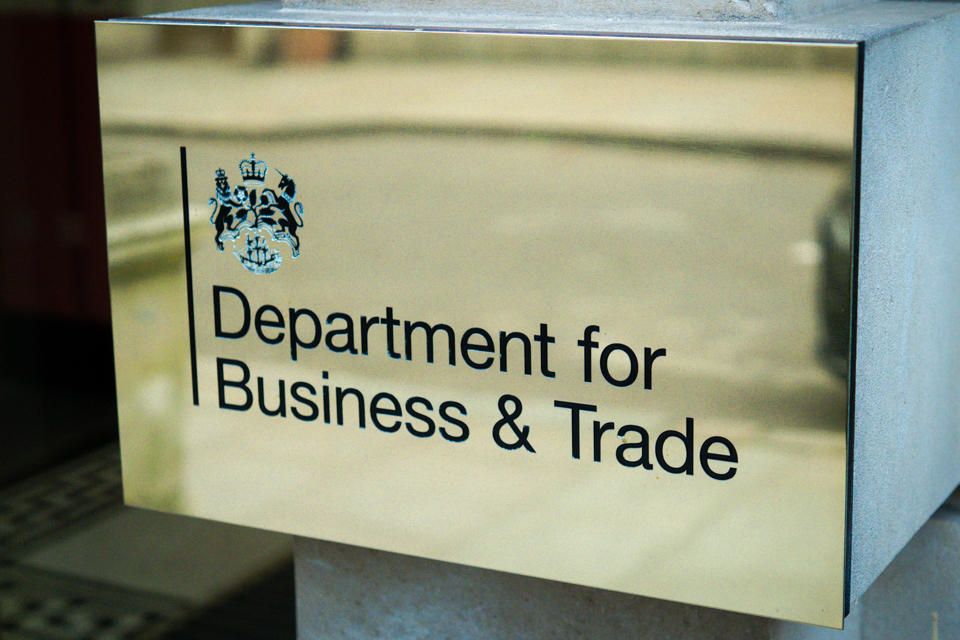Carbon capture could yet be the unsung hero of a green economy

German cement, fertiliser, and steel companies are already in talks to ship CO2 to Norway for storage in the Northern Lights project. The UK could corner most of this lucrative trade. “We could ship it from Rotterdam to Teeside or the Humber, and store it much more cheaply. It could be worth £5bn a year,” said Professor Jon Gibbins, head of the UK Carbon Capture and Storage Research Centre at Sheffield University.
The subject of carbon capture has become politically poisonous. Eco-purists loathe it with an unforgiving fury. They deem it a strategic deception to keep fossil fuels going, a delaying tactic by Saudi Aramco, Exxon, and other villains of green eschatology.
Hardline climate sceptics also hate it, deeming it a pointless waste of money. Although in this instance – unlike other green themes – they do not have the deep pockets of the oil and gas industry behind them.
Once you shut out this noise, carbon capture and storage is probably the easiest, cheapest and quickest way to back up renewable power.
If Labour succeeds in doubling onshore wind, tripling solar, and quadrupling offshore wind by 2030 – near impossible under the Reeves austerity doctrine, but let us generously allow 2033 – the UK will have 140 gigawatts (GW) of renewable capacity meeting most electricity needs, most of the time. We will have too much at certain times. This excess power will have to be turned into green hydrogen once electrolysis reaches prime time, a long way off.
The system will not require large volumes of baseload power at that juncture, beyond what will already be available from nuclear reactors at Sizewell B and Hinkley Point C, the Xlinks cable project from Morocco, and European interconnectors.
It will require “dispatchable” power that can be ramped up and down quickly. Batteries can plug the gap for a few hours, but the only realistic way to cover the seasons and get through a two-week winter doldrum is to fire up standby gas plants.
Carbon capture is by now a proven technology. Amine solvents have been used around the world for 30 years. You can bolt a post-combustion retrofit onto a gas-fired plant, capturing over 90pc of the CO2.
You lose a fifth of the energy as a “parasitic” loss, but better solvents are on the way. The next generation – Allam cycle, carbonate fuel cells, or metal organic frameworks – may slash costs by the early 2030s. For now it takes real money, but less than the future cost of carbon emissions in the OECD bloc.
Related
Why investing in women is a vital next step for…
Get Nadine White's Race Report newsletter for a fresh perspective on the week's newsGet our free newsletter from The Independent's Race CorrespondentGet our fre
Business secretary signals major shift on electric car policy to…
In a determined effort to retain Nissan’s manufacturing presence in Britain, Business Secretary Jonathan Reynolds has vowed to implement “substantial c
Joint Statement: Business Secretary and Fujitsu Services Ltd
Business and Trade Secretary Jonathan Reynolds today (Friday 7 March) met chiefs for Fujitsu in Tokyo to begin talks over the cost of redress for victims of th
UK foreign secretary backs multilateral defence funding for Europe
UK foreign secretary David Lammy has said that a new multilateral fund will be needed to secure Europe’s defence as he confirmed that Britain is “open to”













